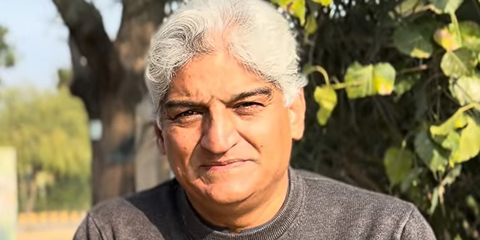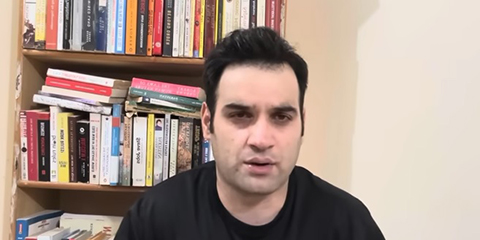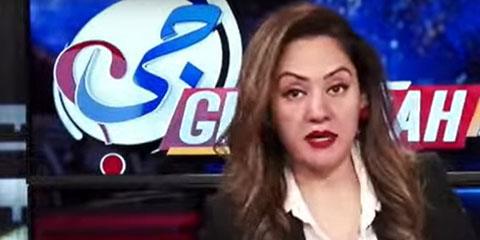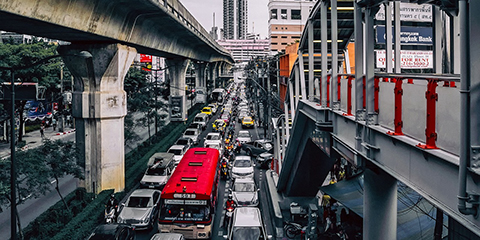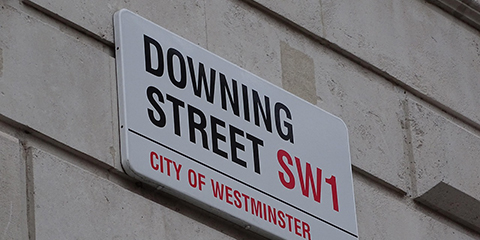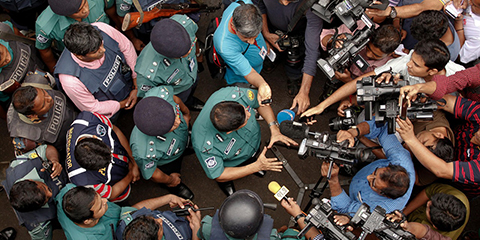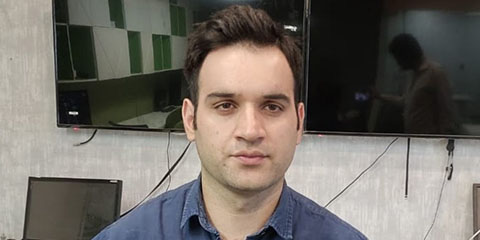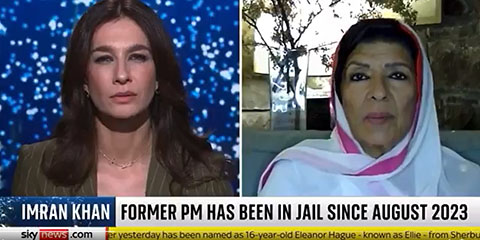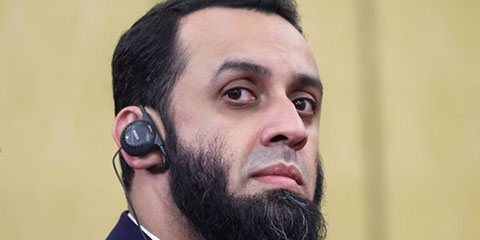Surviving the Storm: How Pakistan's media outlets are adapting to stay afloat
JournalismPakistan.com | Published 2 years ago
Join our WhatsApp channel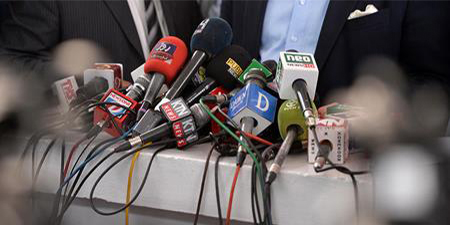
ISLAMABAD—Pakistan's media industry has recently been facing several new challenges, including financial instability, censorship, and the impact of social media on traditional media outlets.
According to industry experts, the media industry is struggling due to a lack of investment, as well as increasing government regulations that limit press freedom. The COVID-19 pandemic has also had a significant impact on the industry, with many media outlets facing financial difficulties and being forced to cut costs.
Furthermore, censorship has become a major issue for journalists and media outlets in Pakistan, with many facing threats and intimidation from government officials and other powerful figures. This has led to a climate of self-censorship, where journalists are reluctant to report on certain issues for fear of reprisals.
The rise of social media has also impacted traditional media outlets in Pakistan, with many people turning to platforms such as Facebook, Twitter, and YouTube for news and information. This has led to a decline in the readership and viewership of traditional media outlets, as well as a loss of advertising revenue.
Despite these challenges, some media outlets in Pakistan have managed to adapt to the changing landscape and maintain their relevance. Many have embraced social media and digital platforms, while others have focused on producing high-quality, investigative journalism.
To survive and thrive in the current media landscape, experts suggest that media outlets in Pakistan need to embrace innovation, invest in digital technologies, and maintain their commitment to objective and impartial reporting.
The media industry's financial instability has been compounded by the economic impact of the COVID-19 pandemic. The closure of businesses and a decrease in advertising revenue has hit the industry hard. Many media outlets have had to lay off staff, cut salaries, and reduce their production budgets.
Several media outlets are reportedly struggling with financial instability, including Dawn, one of the country's oldest and most respected newspapers, which has had to cut staff and salaries. Other media outlets seemingly facing financial difficulties include Express News, Geo News, and Dunya News. Many smaller regional media outlets have also been hit hard by the economic impact of the COVID-19 pandemic.
Journalists and media outlets in Pakistan also face numerous legal and regulatory challenges. The country's strict defamation laws have been used to target journalists critical of the government or other powerful figures. In addition, the government has recently introduced new regulations that require online news portals and video-sharing platforms to obtain licenses to operate.
Intimidation and violence against journalists in Pakistan are nothing new. The country has been ranked as one of the most dangerous places in the world for journalists, with several reporters having been killed or attacked in recent years. One of Pakistan's most prominent journalists, Arshad Sharif had to flee the country following serious threats to his life. He was killed in Nairobi last October. Such incidents have led to a culture of fear among journalists, many of whom feel they cannot report on certain topics or express their opinions freely.
Despite these challenges, there are some positive developments in the Pakistani media industry. In recent years, there has been a rise in independent online news portals and blogs that provide alternative perspectives and coverage of issues that are often ignored by mainstream media outlets. These platforms have helped to diversify the media landscape and provide a voice to marginalized communities.
In addition, the rise of digital technologies has enabled media outlets to reach new audiences and engage with readers and viewers in new ways. Many media outlets have embraced social media platforms and have used them to promote their content and engage with their audience.
To address the challenges facing the Pakistani media industry, experts suggest that the government needs to take steps to promote press freedom, protect journalists from violence and intimidation, and provide financial support to struggling media outlets. In addition, media outlets need to invest in digital technologies, produce high-quality content, and build trust with their audience through transparent and ethical journalism.
Indeed, the Pakistani media industry is facing numerous challenges that threaten its survival. However, by adapting to the changing landscape and embracing new technologies and approaches, media outlets can continue to provide the public with accurate and reliable information.



